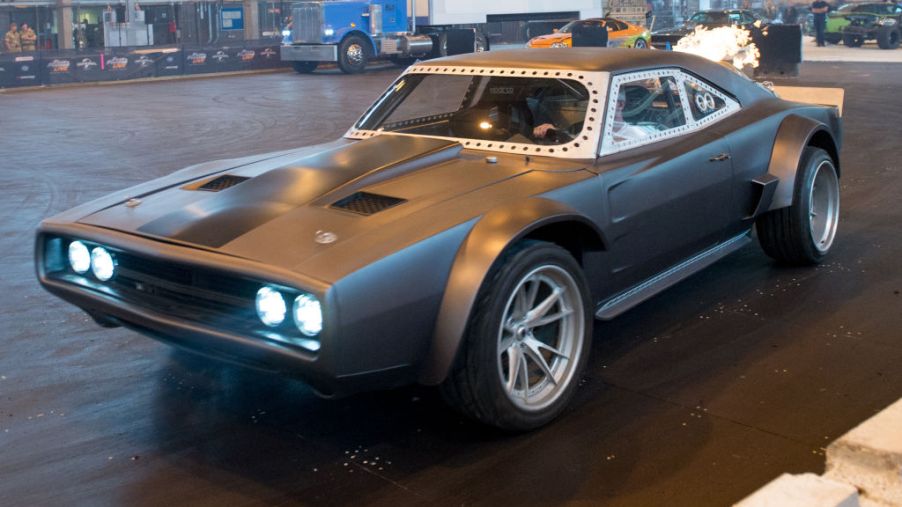
What Happens to Movie Cars After the Wrap Party
Many beloved movie and television cars have imprinted on people’s minds with enduring visions of shiny metal vehicles that were in chase scenes or jumping through the air over obstacles or ending up in spectacular crashes that movie heroes walk away from.
For example, mention Herbie and fans will immediately recall an old white Volkswagen Beetle with racing stripes that had a mind of its own. Mention the A-Team, and many readers instantly have the image of the black van with a red stripe that mercenaries used as the command center. So, what happens to movie and television vehicles after the filming wraps?
To find that answer, we first must explore the movie car industry as a whole to understand.
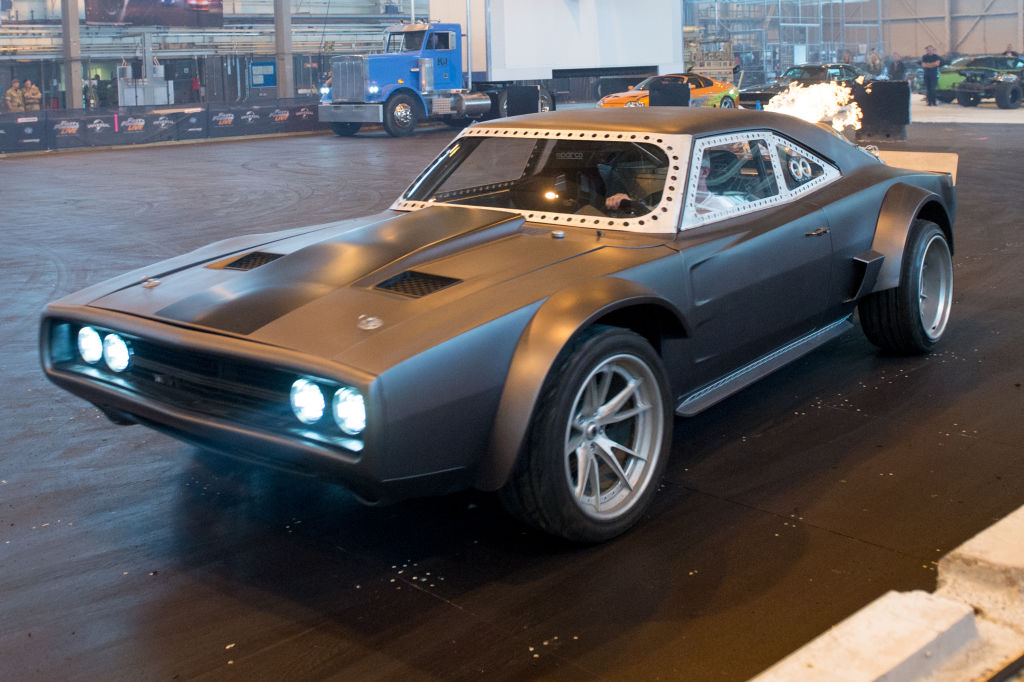
Where are Movie Cars Found
The first thing is first. There are several companies out there offering services specifically for the movie industry. So, once a movie or television script calls for a vehicle, that car is located by reaching out to the companies and accessing their database of available vehicles. Or, if multiple cars are needed for background traffic in a scene, fleets of vehicles can be attained the same way. The companies that service the industry often rent these vehicles for the time needed.
One car is often not enough for a movie or television show. Some movie and television productions will require the same vehicle for multiple roles. So, a car will be used in the role of the hero car. Then, an identical-looking vehicle will be prepared for the role of the stunt car. Still, another visually identically prepared vehicle will be used for the role of prop car.
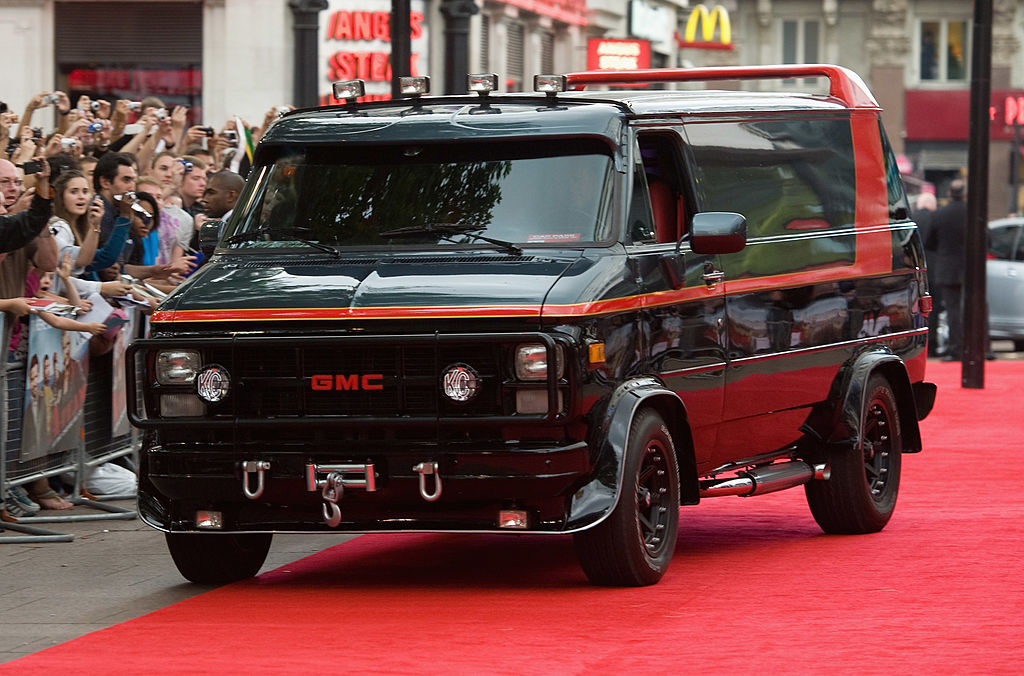
In the case of some productions, renting vehicles is not an option. Consider The Dukes of Hazzard. An estimated 300 Dodge Chargers were used for production. Since the episodes typically involved thrashing a car or even getting it airborne, the production company didn’t rent the fleet it needed.
It purchased them and prepared them for the required stunts. In the case of the movie Bullitt, Steve McQueen and the production company used multiple Ford Mustangs to race the streets of San Francisco. The Mustangs were specially prepared for the production, not rentals.
Manufacturers Get Involved
There is yet another resource available to acquire vehicles for filming. Manufacturers have been known to step up and give the production company what is needed. By doing this, product placement exposure to film and television fans that watch the finished movie or television episode. For example, the Matrix movies had the Cadillac Escalade EXT, and the Transformer films had the Chevrolet Camaro as a supporting cast member.
What Happens After Production Wraps?
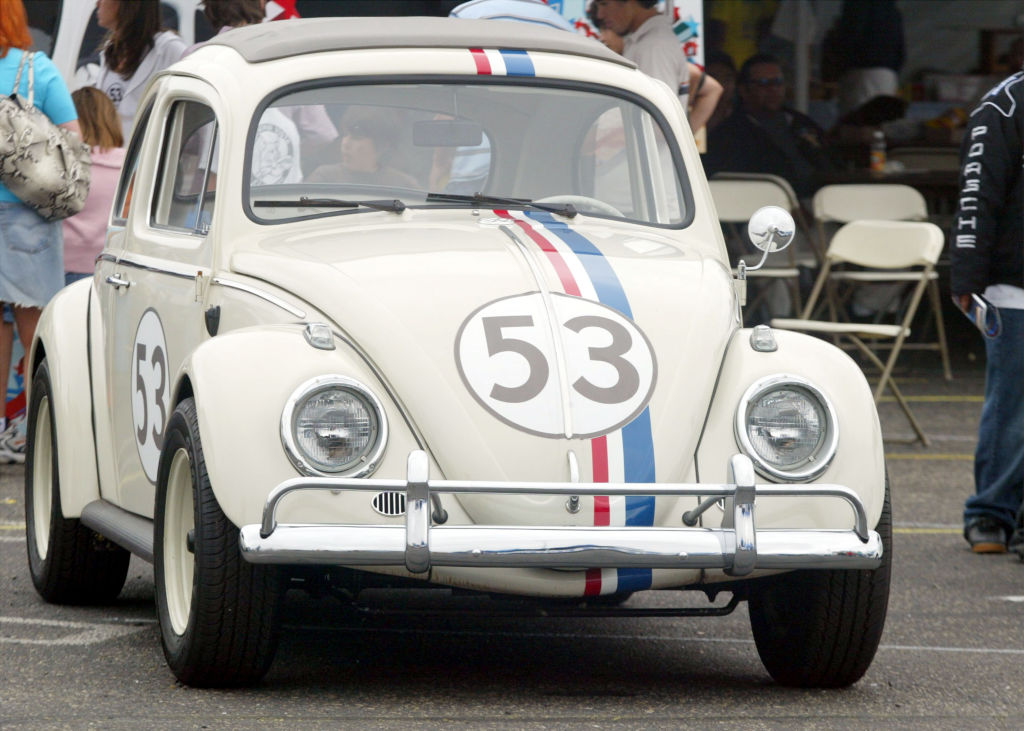
Hero and prop cars are often gifted, sold, or placed in museums once filming completes, or raffled for charity. Cast or staff members of the production often pick up the gifted or sold ones while other vehicles go to auction for sale.
For example, Paul Walker, from the Fast and Furious movie series, hung on to the 2009 Nissan 370Z. The original yellow Gone in 60 Seconds Mustang, Eleanor, is in the Peterson Museum, while the Gray Eleanor from the remake with Nicolas Cage sold at a Mecum auction in Indianapolis for $1,000,000 in May 2013.
Stunt cars don’t receive much fanfare after production ceases. They are typically either minorly repaired for use as a background prop in other productions, or if beaten too extensively, will be sent to the salvage yard.
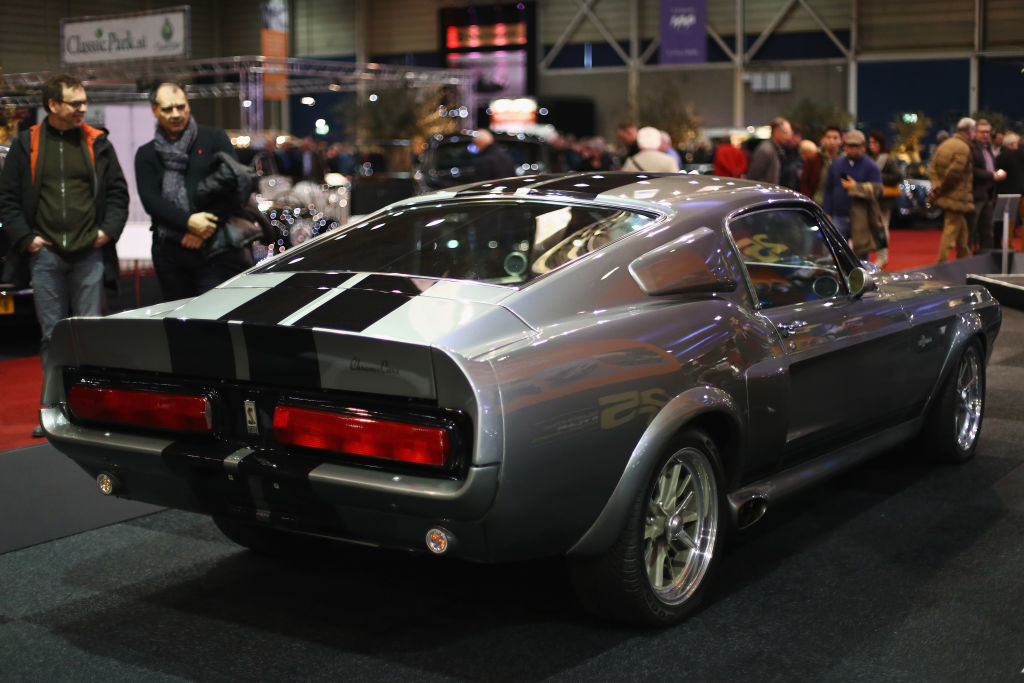
A select few vehicles, however, get revived for more viewing pleasure. On the Tavarish Youtube channel, Freddy, the host, is an auto enthusiast that happened to find two previous movie and television vehicles – a Lamborghini Murcielago hero car from The Fast and The Furious and a Pimp My Ride minivan.
He’s brought them back for one last hoorah. He restores them both and shares his triumphs and defeats along the way. It’s too soon to tell if these restored vehicles will fade into obscurity again or become the things that viewers have imprinted upon them.
The advent of the internet has helped enthusiasts fall in love with their hero car favorites all over again. Now the history of those same vehicles is an open book with simple searches and clicks of the keyboard.
Enthusiasts can have a fuller account of the specific vehicles by finding the production companies, learning what modifications (if any) were needed for particular scenes, finding out the disposition of the car after production, and even where and when the vehicle will be at the next auction. That is,… if the vehicle wasn’t junked.


